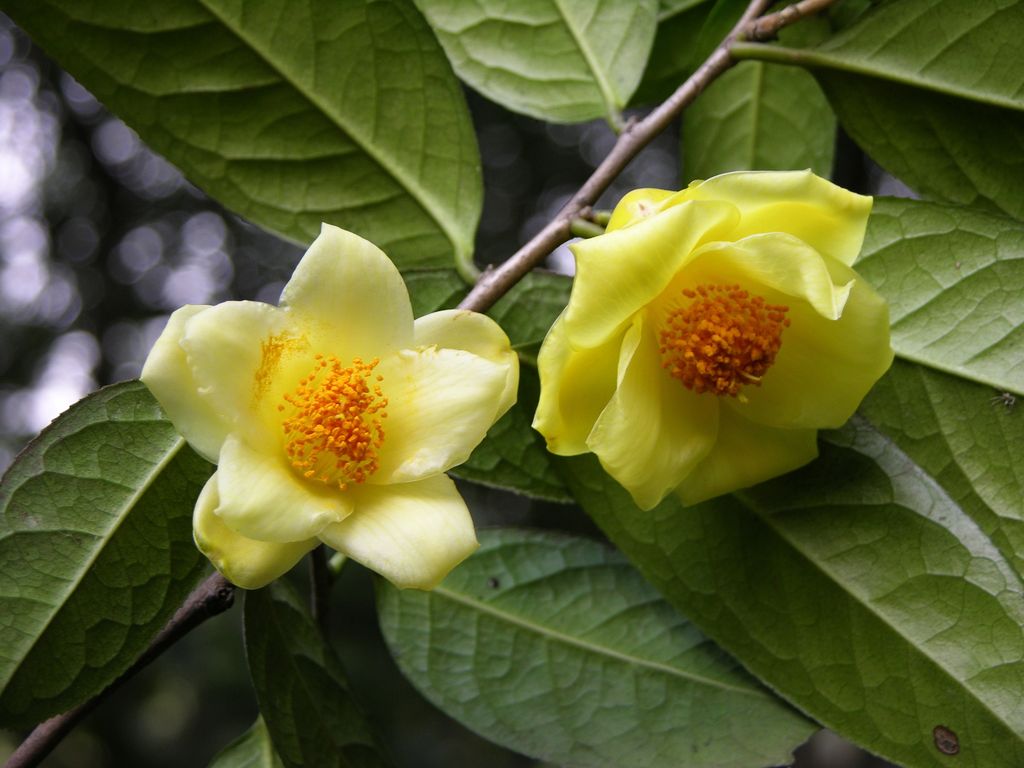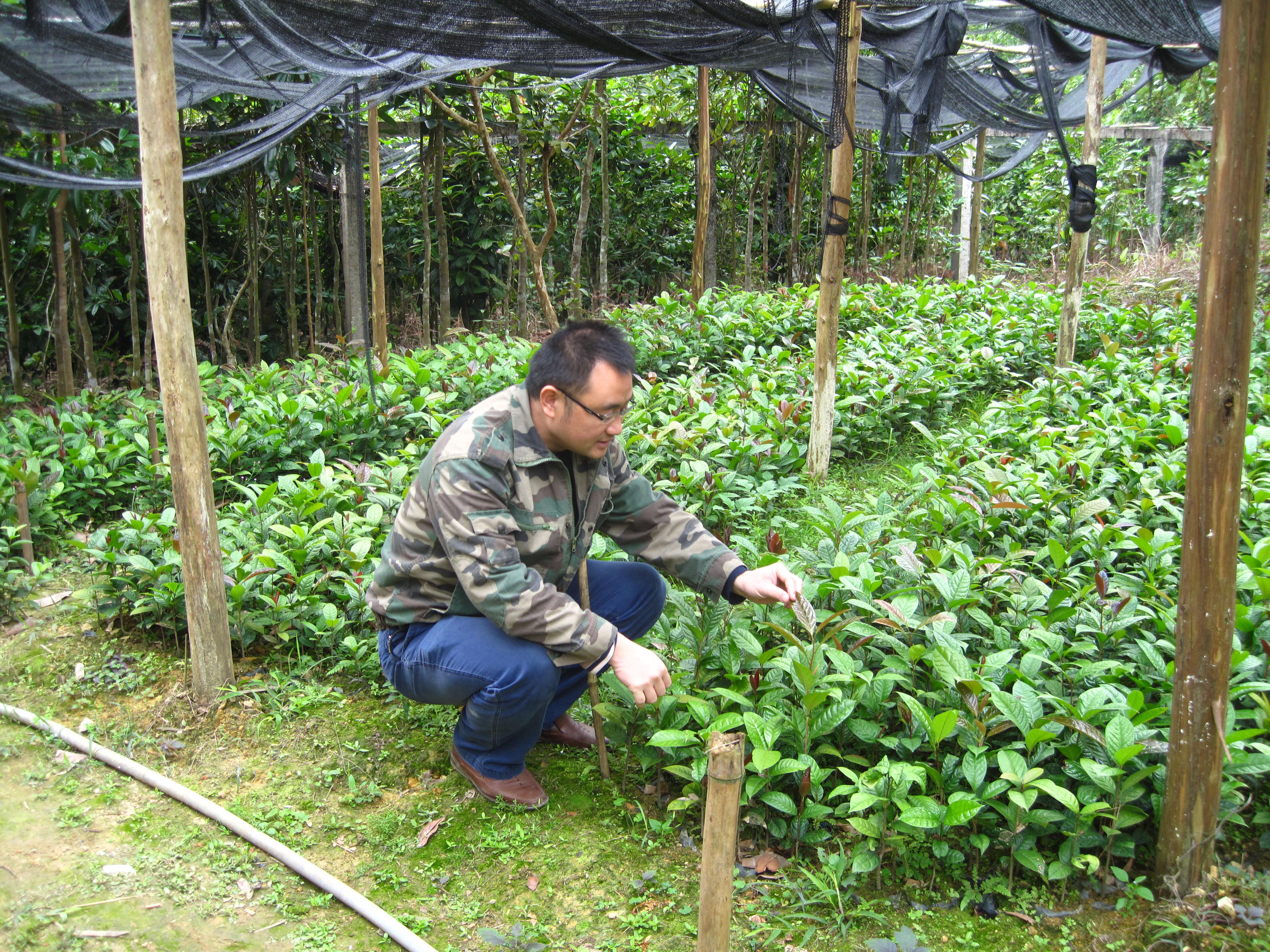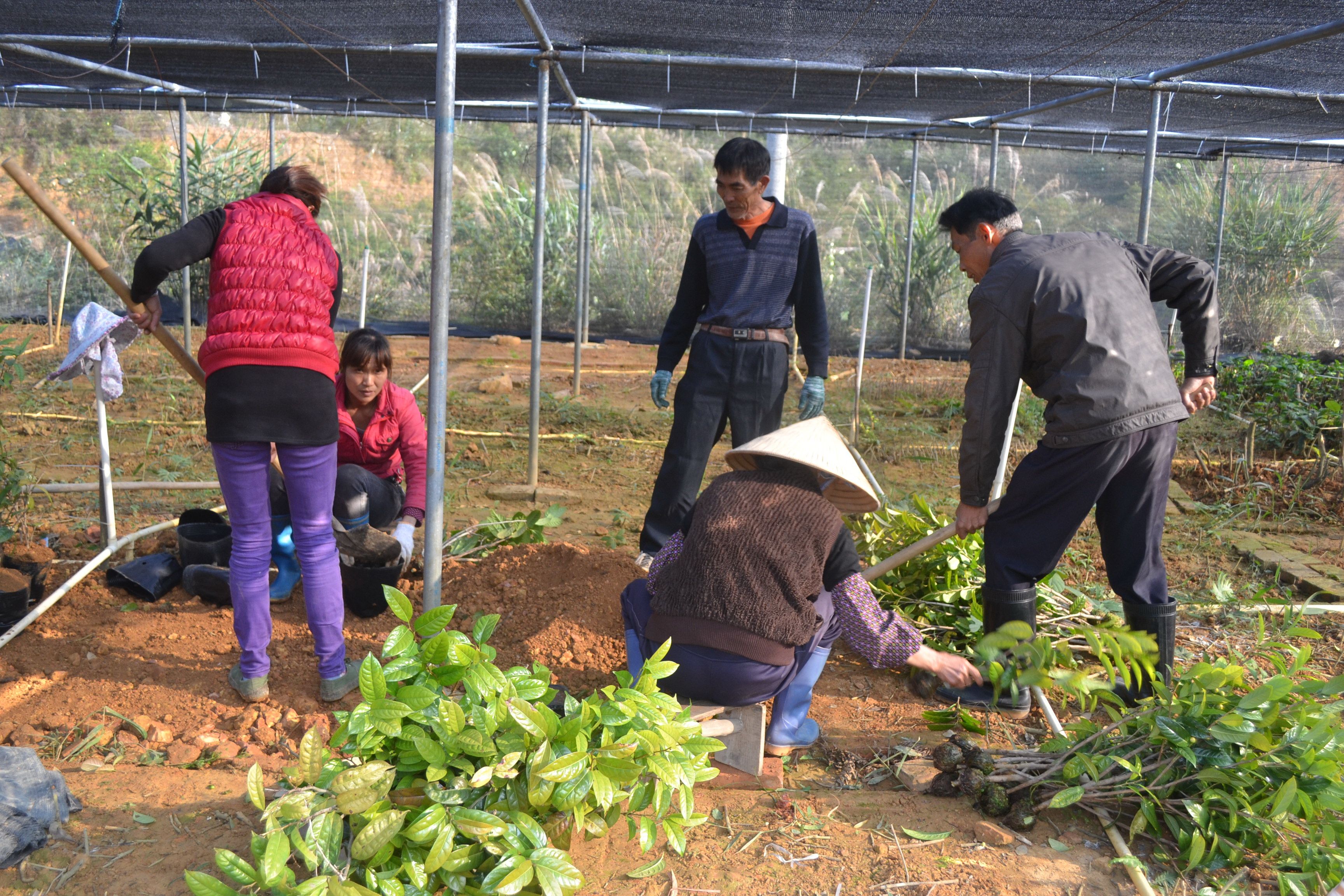Recovering rare Camellias in China

-
Status of project
Completed -
Region
Asia -
Country
China -
Topic
Plant Conservation
Fangcheng Golden Camellia National Nature Reserve is home to two beautiful and Endangered species of Camellia, C. nitidissima and C. euphlebia. Both species have a high ornamental, medicinal and nutritional value and are sold under the trade name Golden Camellia. Despite their socio-economic importance, the species are threatened by overharvesting of flowers and leaves and extensive removal of seedlings in the wild for trade, as well as by logging, grazing, insect pests and other diseases.
The goal of this project was to facilitate habitat recovery for Golden Camellia species within Fangcheng Golden Camellia National Nature Reserve (FGCNNR) through refinement of propagation and cultivation techniques and establish a network of local farmers to grow Golden Camellia products, thereby reducing pressure on wild populations.

and this is the Golden Camellia tea
Golden Camellia tea

ex situ conserved camellia
Camellia nursery

local people working at Golden camellia nursery at Nasuo township
Local people working at Golden camellia nursery at Nasuo township
Project activities:
- Establishing a 12ha restoration demonstration plot in Jiangping near FGCNNR
- Training local farmers in Golden Camellia propagation and cultivation techniques
- Facilitating multi-institutional partnerships between local communities, researchers and the private sector to grow and sustainably harvest Golden Camellias.
The propagation efforts carried out under this project have led to a significant stock (approximately 20,000 plants) of C. nitidissima and C. euphlebia saplings. This reserve will continue to provide plants for future restoration work. The restoration demonstration plot presents a valuable resource to increase public awareness of the need for further species and habitat recovery work.
As a direct result of the project, 365 households are now engaged in Golden Camellia propagation and cultivation. The project has encouraged local people to work jointly with local companies, which process flowers and leaves into various products, including the highly priced Golden Camellia teas. These partnerships have proved to be very successful and have provided an alternative source of income for participating households.
Overall, the project has been enthusiastically received by the local community in Fangcheng. While the number of participating households is expected to increase in the future, the project may be used as a model to promote large-scale cultivation of other native, socio-economically important species, in Guangxi and beyond.